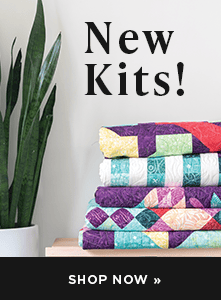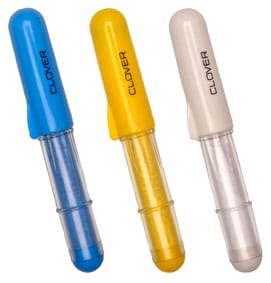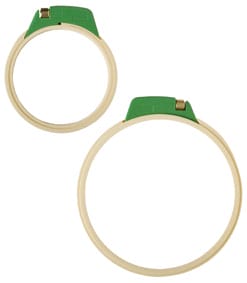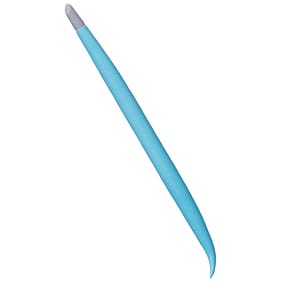Featured Tool: Kwik Klip by Paula Jean Creations, Item #82219
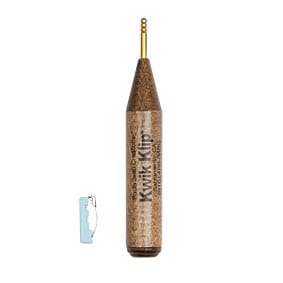
What is this tool typically used for?
This tool is for anyone about to use safety pins to baste their backing, batting, and quilt top together.
Upon first glance, what were your initial thoughts?
At first glance it looks like a giant seam ripper.
How did you use it?
I took my safety pins and and inserted them down into the three quilting layers, coming up through the top. Then, I took the Kwik Klip and gently pushed the sharp end of the pin up and into the pin chamber.
What do you like best about the Kwik Klip?
I love that it was much easier to use than I thought it would be! It’s comfortable to hold, and goes pretty fast. Plus, it only took a minute to learn how to use it.
What did you like the least?
Nothing.
Why do you NEED one?
It’s fast, safe, and easy to use! Plus, it puts less stress on your hands and fingers–this would be great for anyone who has to work with a lot of safety pins on a regular basis. I recommend this tool for sure. There are also pin covers that go with this tool called Quilter’s Delight Safety Pin Grip Covers, #82218.



 Tutorials
Tutorials